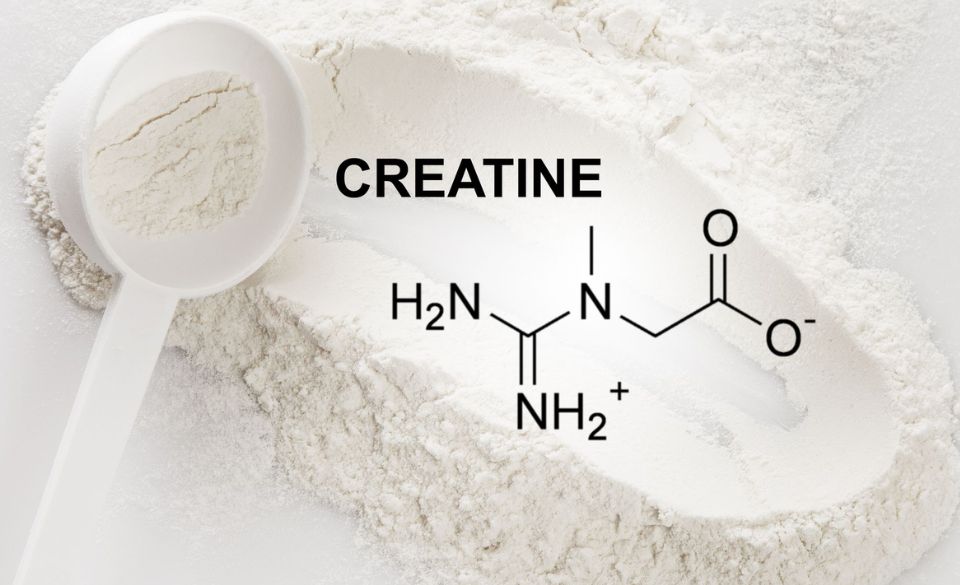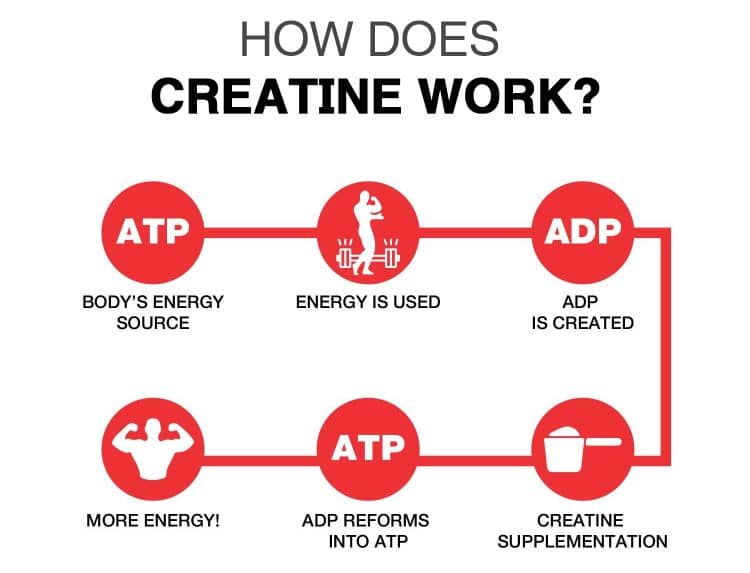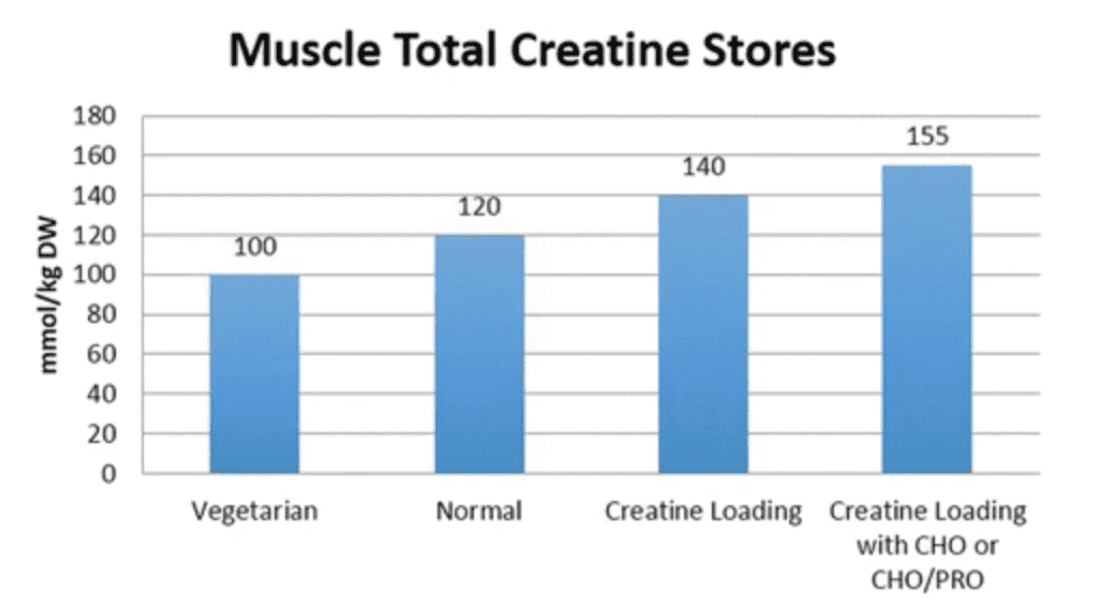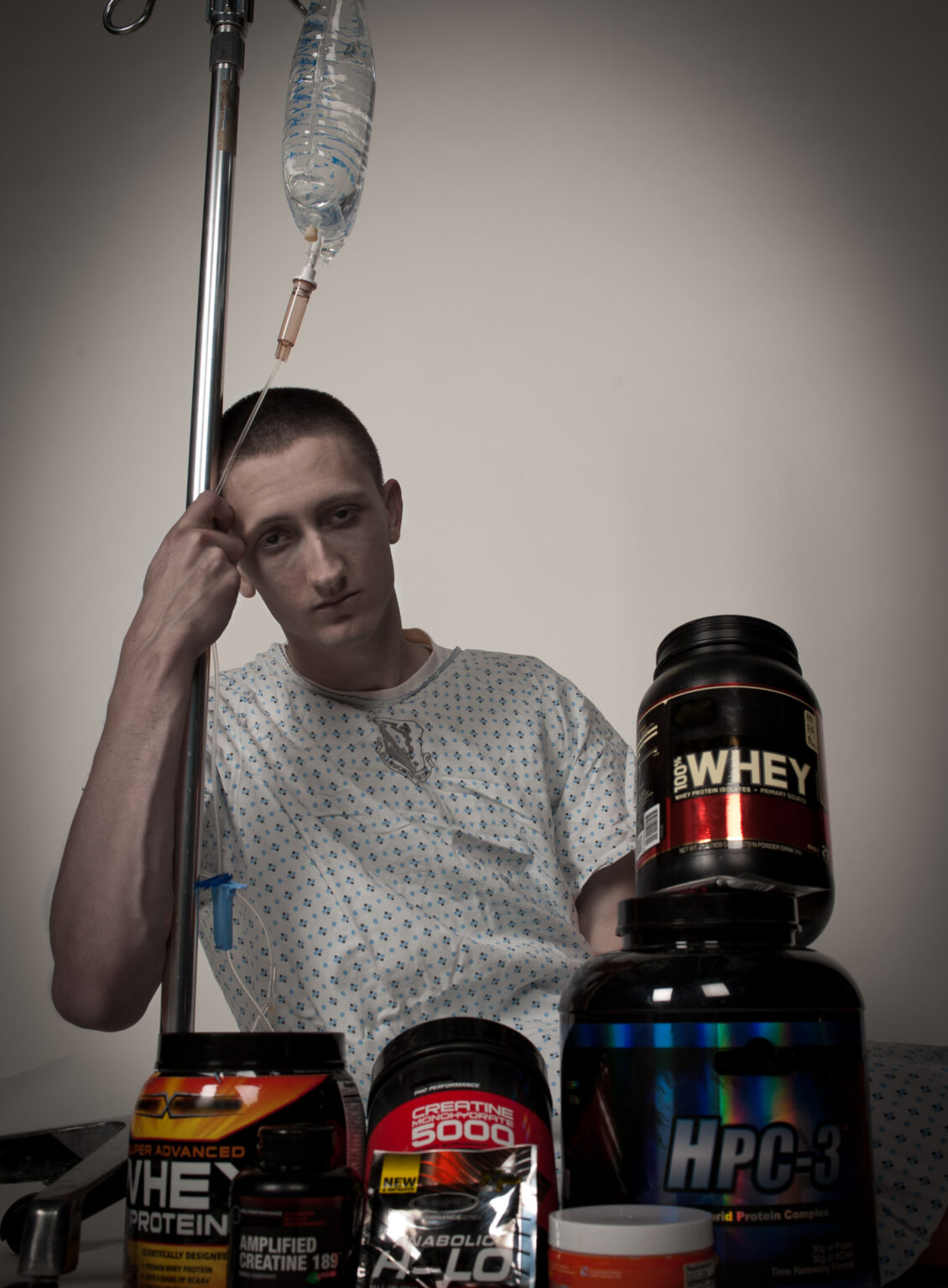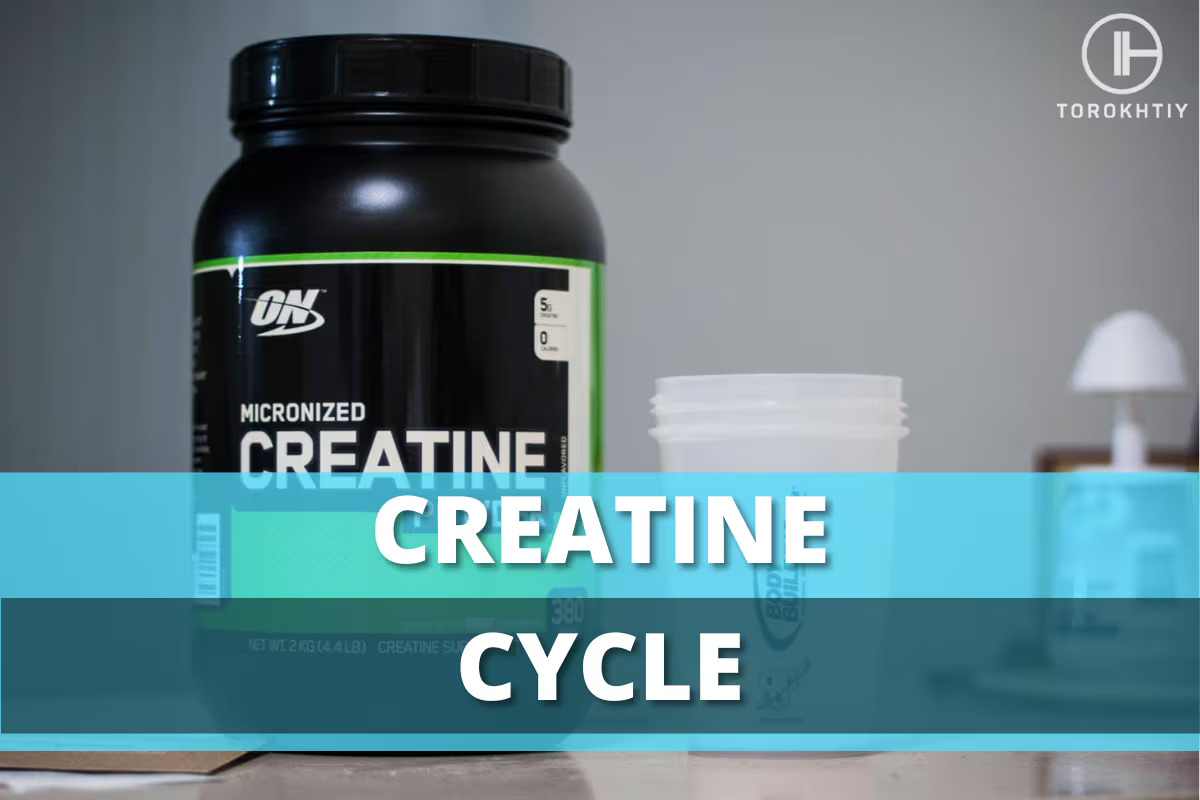Do I Need To Cycle Creatine

Creatine, a popular supplement among athletes and fitness enthusiasts, is known for its ability to enhance muscle strength and power. However, the question of whether or not to cycle creatine—that is, to periodically stop and restart its use—remains a topic of debate and ongoing research. Understanding the science behind creatine and the implications of cycling it is crucial for making informed decisions about supplementation.
This article delves into the arguments surrounding creatine cycling, examining the potential benefits, drawbacks, and the scientific evidence that informs current recommendations. We aim to provide a comprehensive overview to help individuals determine the best approach for their fitness goals and overall health.
What is Creatine and How Does it Work?
Creatine is a naturally occurring compound found in muscle cells. It plays a vital role in the production of adenosine triphosphate (ATP), the primary energy currency of the cell.
During high-intensity activities, the body rapidly depletes ATP. Creatine supplementation increases the availability of phosphocreatine, which helps regenerate ATP, thus enhancing performance in short bursts of exercise.
According to the International Society of Sports Nutrition (ISSN), creatine is one of the most effective ergogenic aids available to athletes to increase high-intensity exercise capacity and lean body mass during training.
The Argument for Cycling Creatine
The idea of cycling creatine stems from several theoretical concerns. Some believe that prolonged creatine use could desensitize the body to its effects or lead to a downregulation of the body's natural creatine production.
Another concern revolves around potential kidney stress. Although studies have generally shown creatine to be safe for healthy individuals, some believe cycling could alleviate any potential strain on the kidneys over the long term.
Finally, anecdotal evidence from some users suggests that cycling may help maintain creatine's effectiveness. They report experiencing a renewed boost in performance after resuming supplementation following a break.
The Science Against Cycling: Continuous Use
Current scientific evidence largely supports the safety and efficacy of continuous creatine use. Numerous studies have shown that long-term creatine supplementation does not pose significant health risks for healthy individuals.
Regarding the downregulation of natural creatine production, research indicates that while supplementation may temporarily suppress the body's own synthesis, this returns to normal upon cessation without lasting negative effects.
The ISSN position stand on creatine supplementation concludes that creatine monohydrate is safe, and possibly beneficial, in numerous pathologies and when taken over a long period.
Potential Benefits of Continuous Use
Maintaining consistent creatine levels in the muscles can provide sustained performance benefits. This is particularly advantageous for athletes and individuals engaged in regular high-intensity training.
Continuous use ensures that the muscles are always saturated with creatine, maximizing ATP regeneration and supporting consistent gains in strength and power. This can be a significant advantage when training for specific events or maintaining a competitive edge.
Furthermore, some studies suggest potential benefits of long-term creatine use beyond athletic performance, including cognitive enhancement and neuroprotection, although more research is needed in these areas.
How to Approach Creatine Supplementation
For most individuals, a loading phase followed by a maintenance dose is a common and effective approach. The loading phase typically involves taking 20 grams of creatine per day for 5-7 days, followed by a maintenance dose of 3-5 grams per day.
Alternatively, a lower daily dose of 3-5 grams can be taken without a loading phase, although it may take longer to saturate the muscles.
Regardless of the approach, it's important to stay hydrated and to consult with a healthcare professional or registered dietitian, especially if you have pre-existing kidney issues or other health conditions.
Safety Considerations and Potential Side Effects
Creatine is generally considered safe for healthy individuals when taken as directed. The most commonly reported side effect is water retention, which can lead to a temporary increase in body weight.
Some individuals may experience gastrointestinal discomfort, such as bloating or cramping, particularly during the loading phase. This can often be mitigated by dividing the daily dose into smaller servings.
While concerns about kidney damage have been raised, studies have consistently shown that creatine does not negatively impact kidney function in healthy individuals. However, individuals with pre-existing kidney conditions should exercise caution and consult with a healthcare professional.
The Verdict: Cycling May Not Be Necessary
Based on current scientific evidence, cycling creatine does not appear to be necessary for most individuals. Continuous use is generally safe and effective, providing sustained performance benefits.
However, individual responses to creatine can vary. Some people may find that they experience a decrease in effectiveness over time and may choose to cycle off creatine for a period to see if it improves their response when they resume supplementation.
Ultimately, the decision of whether or not to cycle creatine is a personal one that should be based on individual goals, preferences, and consultation with a healthcare professional or qualified fitness expert.
Conclusion
The question of whether to cycle creatine is a complex one, but current research suggests that continuous use is both safe and effective for most individuals. While cycling may offer perceived benefits for some, the scientific evidence does not support it as a necessity.
Understanding the science behind creatine and its effects on the body is essential for making informed decisions about supplementation. By considering individual goals, potential side effects, and consulting with healthcare professionals, individuals can determine the best approach for maximizing the benefits of creatine while minimizing any potential risks.
Ultimately, a well-rounded approach to fitness, including a balanced diet, regular exercise, and informed supplementation, is the key to achieving long-term health and performance goals. Prioritize scientific evidence and personalized advice to make the most of your fitness journey.


